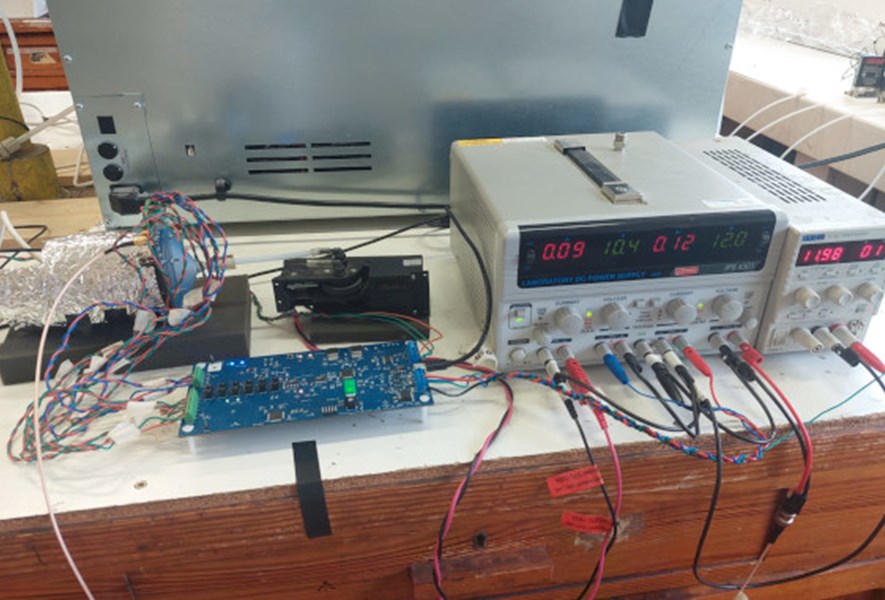Home / Magazine / Process engineering & manufacturing / Prostate cancer: diagnosis using an “electronic nose”

The Diag-Nose experimental project, the result of a collaboration between Humanitas and the Politecnico di Milano, aims to develop a method for diagnosing prostate cancer that is non-invasive and more accurate than traditional procedures.
It is an electronic nose that is capable of detecting a tumour by analysing a urine sample and identifying specific volatile molecules.
The results of the first trials, which have been published in the «International Journal of Urology», are encouraging: the test correctly determines the presence of a tumour in cancer patients in 85.2% of cases and correctly gives a negative result for healthy patients in 79.1% of cases. The accuracy is significantly better than that of traditional diagnostic methods; indeed, biopsies have a tumour detection rate of 48.5% at most.
Furthermore, the prototype has other significant benefits when compared to a biopsy: in addition to being an invasive procedure, biopsies have a particularly high rate of false negatives for early-stage tumours due to the fact that only a small portion of tissue is collected and analysed.
The study, conducted between March 2020 and March 2021 at Humanitas Mater Domini in Castellanza and the Humanitas Research Hospital in Rozzano, involved 174 people divided into two groups: 88 patients with prostate cancer of varying grades and stages confirmed by a histological examination, and 86 people in a “control” group comprising men and women of different ages with no history of the disease who had undergone medical examinations. A urine sample was collected from each person and analysed at the laboratories of Professor Laura Capelli at the Department of Chemistry, Materials and Chemical Engineering "Giulio Natta" of Politecnico di Milano, whose research group was also responsible for building the prototype of the instrument.
The electronic nose is the evolution of a study conducted in 2012 by Humanitas with the collaboration of the Military Veterinary Centre in Grosseto (Cemivet) and supported by the Italian Ministry of Defence, which revealed how dogs, once properly trained, are able to detect prostate cancer by smelling patients’ urine.
The electronic nose developed as part of the Diag-Nose project is therefore a prototype created by reproducing the canine sense of smell, built using a series of the combination of a series of sensors that are capable of analysing the volatile substances released into the air by urine samples and specific machine learning techniques.
> Press release (in Italian)
Tumore alla prostata, vicini all’introduzione di una nuova tecnica per la diagnosi
LaStampa.it - 28 novembre 2022
Medicina. «Scoviamo i tumori imitando il fiuto dei cani»
Avvenire.it - 28 novembre 2022
Il naso elettronico che diagnostica il tumore della prostata
Fortuneita.com - 28 novembre 2022
Tumore prostata. Primi risultati promettenti per sperimentazione di un nuovo test sulle urine che utilizza un “naso elettronico”
Quotidianosanita.it - 28 novembre 2022
Tumore della prostata, “naso elettronico” può identificarlo in un campione di urina
Nursetimes.org - 28 novembre 2022
Tumore della prostata, ‘naso elettronico’ identifica la neoplasia in un campione di urina
Insalutenews.it - 28 novembre 2022